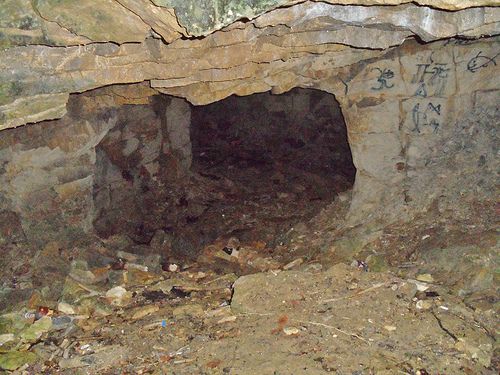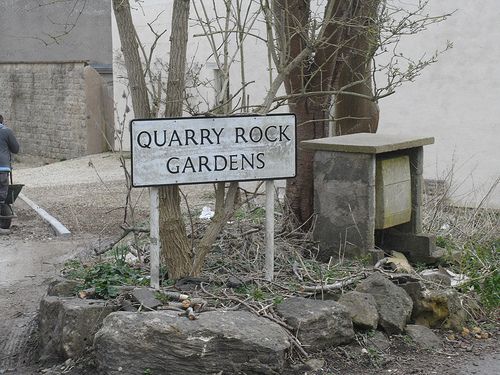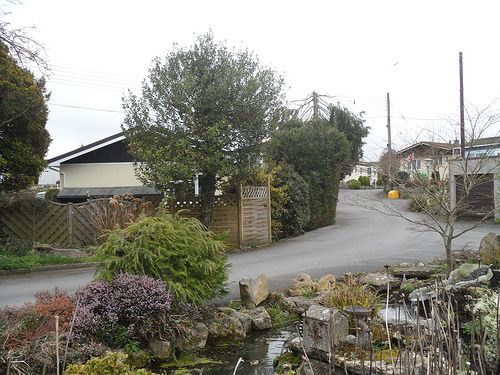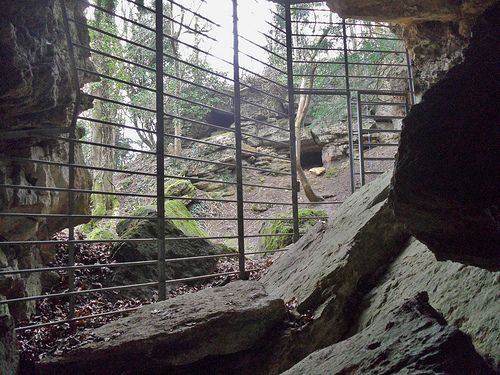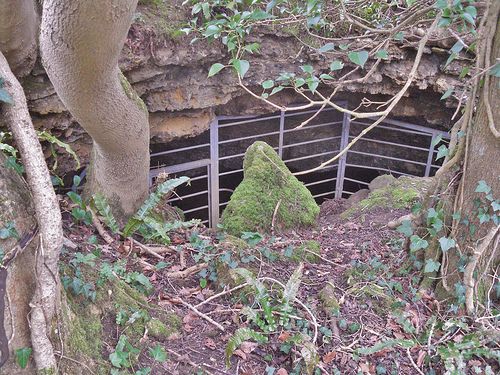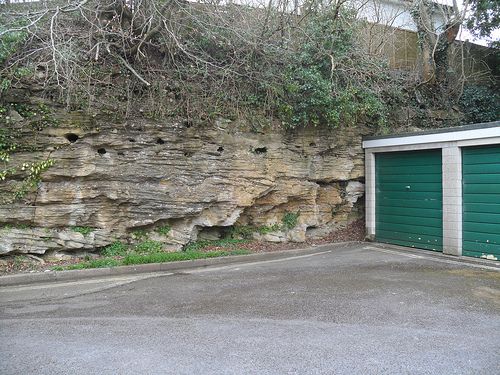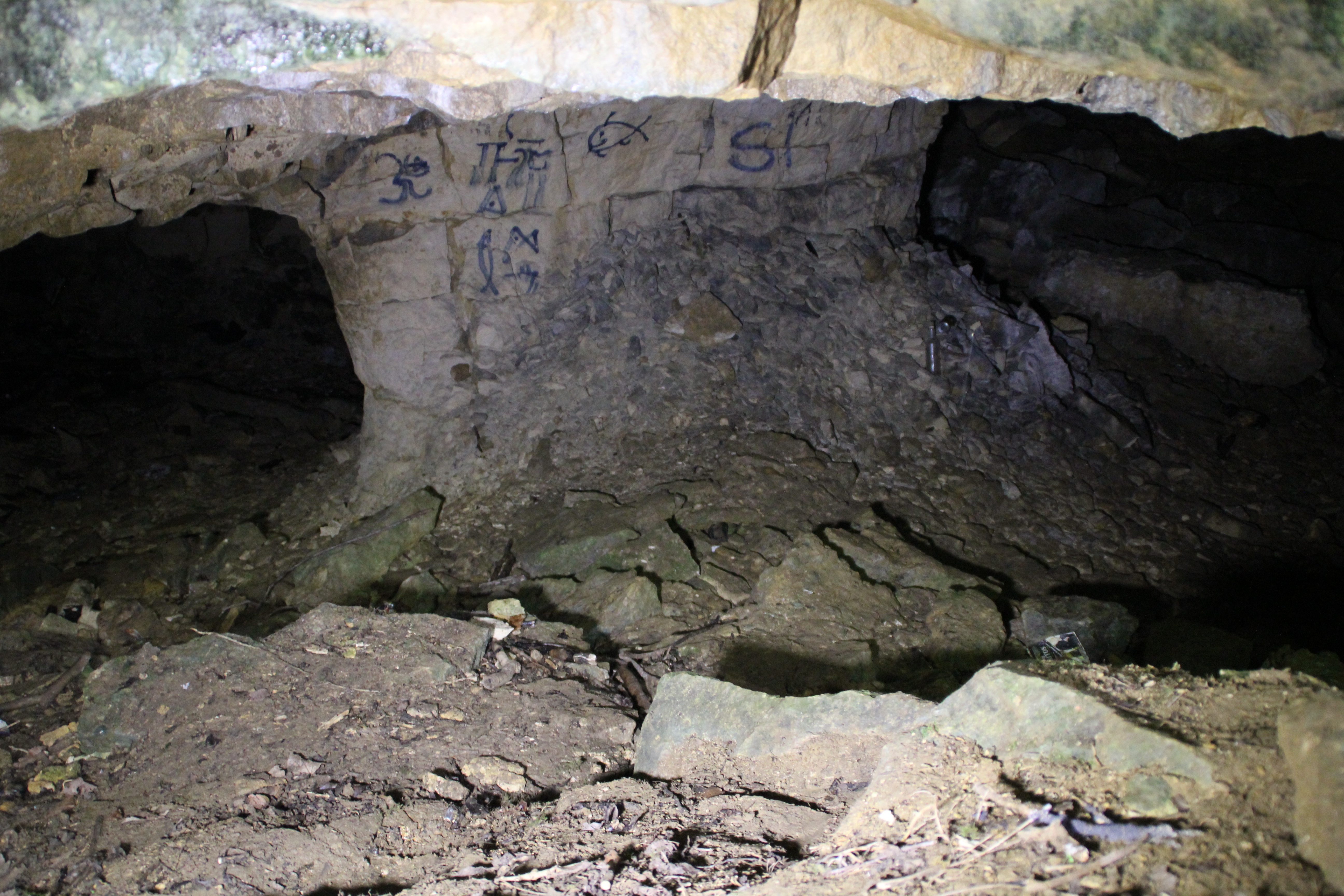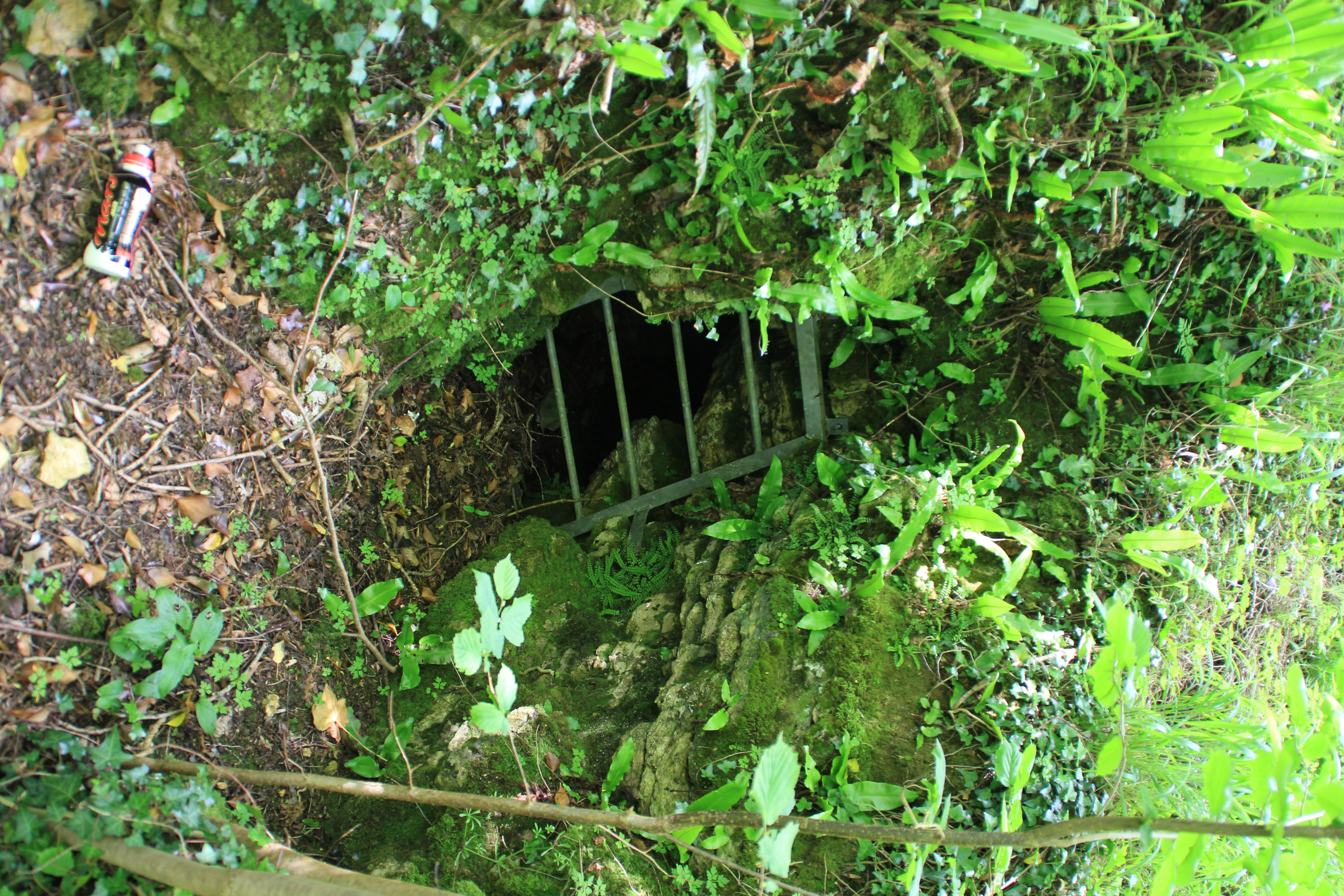Bathampton is a village 2 miles east of Bath, on the south bank of the River Avon. The Kennet and Avon Canal passes through the village.
| Name | Occupation | Posted from | Until |
|---|---|---|---|
| Sergeant Arthur Jack Giles | 09 Feb 1941 | 06 Apr 1943 | |
| Sergeant John Garnett Wyld | Fitter & turner automotive repair trade |
02 Jul 1940 | 1941 |
| Private Anthony Michael Bentley-Hunt | Student later to become an Auctioneer |
Unknown | 1943 |
| Private Paul Dahl | Sept 1942 | Unknown | |
| Private William John Denning | 29 May 1940 | 16 Apr 1943 | |
| Private Arnold Fieldhouse | Sept 1942 | Unknown | |
| Private Arthur Cecil Hanna | Student later to become a Teacher |
Unknown | 27 Mar 1943 |
| Private Jack Hill | Unknown | Unknown | |
| Private Gordon James | Apprentice electrician |
Unknown | Unknown |
| Private John Michael Grant Jones | Student later to become a Teacher |
Unknown | Unknown |
| Private Robert Winckworth Millard | Student later to became a Teacher |
27 May 1940 | Sept 1942 |
Bob Millard recalled; The OB, or Operational Base which we were going to use as a hideout had been located by the Sergeant, Jack Wilde, and was where the old stone mines were, on Hampton Rocks. These mines dated back certainly to the beginning of the nineteenth century, I think, and were in a state of collapse and disrepair.
The one we used consisted of a rough hollow in the ground where the mines had collapsed which were overgrown with trees, and by going down in between some of the old stone outcrops there was an entrance to quite a large cavern with side shoots off it. The entrance was just big enough to squeeze through and went through a tunnel some six feet long, and then it opened out into the cavern on to a stone scree.
We disguised the entrance by cutting a stone slab which blended in with the rock and rubble that was around, and this stone slab could be moved to one side from the inside of the tunnel and replaced when you were outside to disguise the entrance. Once we had got the entrance sorted we built up a living area inside by making a wall out of the stones that had fallen so that there was an area with a level floor and it was screened off, so that if you look in through the entrance with a torch or something like that it just looked like the natural stone fall from the rest of the quarry.
Once this had been organised we didn't visit the OB too frequently because we didn't want to wear tracks to and from the OB. In those days there were quite a lot of rabbits about and rabbit droppings were fairly plentiful and we would collect a tin of rabbit droppings and then scatter it across the path that we had used coming in, to try and make it look as though it had not been disturbed.
We made some bunks out of wood and slats supported on stone piles, and we put in the OB some of the heavy gear, some of the Mills bombs and the food rations that we had been supplied with - tin food rations wrapped up in tarpaulin and burying them under the loose stone scree. Obviously with the Mills bombs we didn't leave the detonators there, we took those away with us. We had a number of dummy runs in the OB, spending the weekend there, tidying it up and trying to make it reasonably habitable, and our main aim was to make sure that we were able to fetch water from a small stream that ran nearby, and also if we did any cooking or heating or lit a fire, whether there was any trace of smoke or anything coming out, into the nearby area that would give the hideout away.
Besides the OB, the Patrol had an arms and explosives dump in what had been the explosives store of a disused quarry on the edge of Claverton Down, near the top of Widcombe Hill. The quarry is now the site of a park of chalet type bungalows. This store was damaged in the raid of 26 April 1942 and its contents were then transferred to Manor Farm, Swainswick.
Bob Millard recalled; With reference to our bomb store, there was an incident in April 1942 which could have turned out to be nasty. In April '42, the twenty-fifth and twenty-sixth, Bath was subjected to three raids, Baedeker raids, by the Germans, and during the last of these raids a bomb fell fairly close to where our bomb store was situated. We didn't know anything about it at the time but the next day we were informed that we should report to the bomb store. So three of us in the Patrol went up to the bomb store where we were met by two people that we didn't know and a van and found that the bomb store, due to the blast, was now insecure. So we loaded the sticky bombs, explosives and other materials that we had there into the van and drove it across Bath to the village of Swainswick which is slightly to the north-west of Bath near the A46. Now at the village of Swainswick we put the explosives in a barn in Manor Farm.
As we were unloading it we noticed one of the cases containing the sticky bombs had something in it that looked like oily liquid coming out from the side of it. We realised that one of the sticky bombs must be broken and that this was nitro-glycerine. Well nitro-glycerine is not the sort of stuff that you mess about with so we thought we can't leave it here, we must do something with it. So very gingerly we moved this case right across the fields so that we were a long way from any habitation and then put a charge on it and blew it up - a very loud bang. People who had been subjected to an air raid the night before must have wondered what on earth was happening, but nobody contacted us and we didn't hear anything about it. I suppose it was one of those bangs that happened during the war that people paid no attention to.
In command of Swainswick Patrol was Lieutenant John Shackle. He was present at Manor Farm to supervise the safe storage of the arms and explosives.
Bathampton Patrol
The targets for this Patrol were the railway junction at Bathampton and Claverton Manor, if occupied by the Germans. Secondary areas for possible sabotage were the engine sheds at Green Park Station and Colerne Airfield.
The Patrol would meet two evenings a week and at weekends for training and construction work on the Operational Base (OB). Initially meetings were more frequent to get the OB into a habitable condition. Training took two forms, familiarisation with the area and practice with explosives and sabotage devices.
Bob Millard remembered; Familiarisation involved walking the area time and time again until each gap in the hedge, barn and possible hiding places became familiar. It also involved the urban area to find where each alley lead or where a short cut might be taken. During these excursions we were delighted to discover the OB's of two Admiralty patrols, one in the wood above the Warminster Road and the other in Prior Park.
We also familiarised ourselves with the old stone mines under Combe Down. Other exercises were to lie up in the grounds of Claverton Manor to observe the movements of the military and to thoroughly explore the local railway to determine where demolition charges might be placed. Explosives training took place in the remoter areas of the woods lining the Limpley Stoke Valley. This was limited because of the noise and to conserve stocks.
Our initial training was done with Jack Wyld, and to start with I suppose you would call it a bit 'do-it-yourself'.
We were issued with two booklets, one was in the form of a calendar, 1938 calendar, and the other was a buff covered booklet which on the front of it had, if I remember, The Countryman's Diary 1939, and it was issued by "Highworth Supplies" and there were remarks relating to Highworth on it. More of Highworth in a minute because that is where the formal training took place.
Our initial training then was based on these two books which gave you basic information on fuses, detonators, how to wire up a basic charge, how the standard grenade worked, how a sticky bomb worked, how your delay and pressure and pull switches worked.
But we were fortunate in having Jack Wilde as the Sergeant, and, as I say, everything was on a need to know basis and I am not quite sure as to what his background was, but I would guess that he was a quarryman from one of the stone quarries nearby, probably at Box, because he had a very good knowledge of explosives, could wire up charges, showed us how to make string charges and things like that. So we got a good instruction from him on handling the explosives. And the booklets we were given were fairly self-explanatory and one could, using plasticine instead of explosive, practice making up of charges.
We also received training from the army at Coleshill House near Swindon, the Auxiliary Units’ H.Q., where we were instructed in field craft, explosives and booby traps. I went there twice. Instructions would be received to report to the postmistress at Highworth and on arrival she would examine your orders and then telephone Coleshill who sent transport for you, thus keeping the exact location of the base secret.
We would have to report there, and it wasn't really until I went back there in 1994 that I really knew where the place was, although I had visited it twice. We would get instructions to, of report to the Post Office in Highworth.
The Post Office in Highworth was run by a white haired lady, Mabel Stranks. If you arrived there without transport you would say to her that you had been sent to report to her for the Auxilliary Units and she would say something like "Oh you're one of that lot are you, just a minute", and she would go to the back of the Post Office, telephone somebody or other, come back and say "Oh there'll be with you shortly", and some fifteen or twenty minutes later a van or private car would turn up and drive you to Coleshill House.
They must have taken a roundabout route to get there because it was never direct. And if you went by train and arrived at Swindon station then you would ring the Post Office in Highworth and transport would be sent there for you.
The house, I believe, was still occupied by its owners, but outside the house there was the Clock House, which was a quite substantial dwelling, called the Clock House because it had a clock tower on the front of it, and there the officers and the admin were situated. Behind the Clock House was the stable yard, which was quite a large cobbled yard with big buildings and stables around three sides of it. People who came there for training would work in this area.
As I recall we did that on the first floor of the building, which was a large room that had bunks down either side and tables down the middle and we would sleep, you would eat and work in that room, get our lectures and talks in that room. I think too that in the stable yard in those days there was a wooden building, a wooden kitchen, and we used to go down and collect our meals and take them back up into this upstairs room and to eat. But, as you can imagine, the training was very, very intensive and you didn't get much sleep.
Patrols from all over the country used to come to Coleshill, and when we went, we would arrived there on the Thursday evening and start almost immediately once you had been shown your bunk and that and given a cup of tea, been talked to, and we worked through until Monday, and leave on the Monday. The training was very comprehensive and was given by officers were from different Army regiments. I don't know how many there were, I think four or five of them, and a number of Army personnel from the Lovat Scouts, who were a sort of commando unit.
Training gave us more information on the use of explosives and explosive devices. We were shown TNT, gelignite and the plastic explosive which we had been issued with. We were told how to estimate the size charge that would be required for a certain job, shown the best place to place a charge to bring down a pylon or cut a railway line. We were also shown how to set up different types of booby traps, and techniques for disabling vehicles.
Besides this sabotage training we were also given some training in personal defence. We were introduced to basic unarmed combat and shown how to use the garrotte and how to use the Fairburn knife that we had been issued with. I can always remember being told to strike upwards and keep your thumb on the blade in case the knife twists. Fortunately one didn't have to do that sort of thing. We were also given instruction in covert communication:- ways in which signs and messages could be left by placing stones and sticks; the way to use dead letter drops for hiding messages and show that the letter drop had been seen, or had not been seen.
We also had instruction in some woodcraft, how to move about silently and how to find somewhere to hide and how to take cover. One lesson that was drummed into us was if we hear people moving about stay dead still, they can pass right close to you and not see you, and this was demonstrated on one or two occasions how you could walk right by somebody even though you were aware somebody was there and still not actually see that they were there.
We did two night exercises. We were shown first of all a plan of, of the area around the Coleshill House by the yard where vehicles would be parked. And then we were taken out some three or four miles in a van, dropped off and given a direction to set off in, and work in pairs to get back and try and get to one of these vehicles and put a chalk mark on it, to show that you had found it and put it up. As you did that there were one or two patrols out, patrolling the area which you had to cross, and you had to dodge these to get in. It was all good Boy Scout stuff, and it was quite fun provided it wasn't raining.
As you can see there was a lot covered and it was very well done. They had the training down to a tee. No time was wasted. Things were pushed home, repeated, demonstrated and then left for you to practice. When you went back to the patrol you had all this in your head, and, of course, in the patrol you tried to practice it and work it out and go over it again and talk amongst yourselves about what had happened. But you did get the occasional visit by one or two of the chaps, from the Lovat Scouts particularly when you were building up your operational base, so that they could see where it was and give you advice, and they would also look over a map of the countryside with you and point out possible target areas and, and things like that. You couldn't communicate with them and ask for help, but, as I remember, over the couple of years I suppose, in the first year they turned up two or three times to see, to see how we were getting on.
We used to meet as a patrol once or twice a week and at weekends, and there were three main things which we did. The first was to prepare and organise our operational base and observation posts. I'll deal with the operational base (usually shortened to OB) in more detail a little bit later on. The second was to fully familiarise ourselves with the countryside. We walked miles, both through the open countryside and also through the urban areas. We wanted to establish quick routes, possible places where one could lay up in the town, where each alleyway went to, possible doors into gardens and houses, short cuts and things like that so that if we had to move about the town we knew it backwards.
This was quite an interesting exercise because on one of our tours around we came across one of the places where an Admiralty Auxilliary patrol was. The Admiralty had moved to Bath, they had their own Home Guard unit and within the Admiralty they also had five Auxilliary Units. Anyway we found where one of these had started digging its OB and we amused ourselves by climbing up on the woods occasionally and watching them at work. We were pleased to know that they were there and they didn't know where we were, but we were the local boys so we felt quite secure on our own patch. At the 1994 reunion I sat down next to a chap and got talking and found out that he was a member of the Admiralty patrol whose OB we watched being constructed. He was most surprised to find out that we knew exactly where it was, and could tell him what was happening.
About two or three miles to the west of our OB was Claverton Manor. This is now the American Museum. Then it was the headquarters for an ack-ack unit. To give ourselves practice we used to infiltrate the grounds, lie up in the bushes and log vehicles in and out, watch where the sentries were, and take notes on what was happening. We thought that perhaps if there was an invasion, this building could possibly be used by the Germans as a headquarters so it would be interesting to try and sort it out. I don't know what the Regular Army would have done or thought if they had found us trespassing on their properties, but they didn't, so fortunately that problem didn't arise.
In the valley below the OB was the railway line that came up from the south coast and a couple of miles to the west it joined the main London-Bristol line. At Bathampton, where the junction was, there were the points, and we considered that this would be an important target in the event of an invasion. So we used to reconnoitre the line and inspected the points and junctions and estimated the size charges that would be needed to put them out of action, and, in fact, made up three or four charges in readiness.
Practice with the actual equipment was limited because firearms and explosives are noisy and attract unwanted attention. We did do one or two limited experiments with fuses and explosives just to satisfy ourselves that we knew that they worked, and really left it at that.
We experimented too with incendiary devices because you could get a nice blaze and they weren't quite as noisy. One of the things we found very early was that it's not easy to light a piece of fuse if it's windy or wet. Matches show up at night, blow out, and even lighters with wind guards on them give a light which give you position away. So we did devise one device which enabled us to light fuses under most conditions.
On one occasion we had a brief visit from Captain Ian Fenwick. Captain Fenwick was the Regional Intelligence Officer. That was, that he was in charge of the Auxilliary Units in the whole of north Somerset and was based, I believe, in Bridgwater. He was later killed just after D-Day with the SAS operating behind the German lines, in a jeep with a small group of SAS people
AN EXERCISE AGAINST COLERNE AIRFIELD
In the autumn of 1941 (as far as I can remember) we were instructed to undertake a sabotage exercise against aircraft parked near the perimeter of RAF Colerne. We were given no further briefing except that it was to take place in the early hours of Sunday morning. Four of the patrol took part and as we had previously reconnoitered this area in the vicinity of the Vineyards we thought we had a good idea of the lie of the land. Our plan was to approach the target area as a patrol and then work in pairs.
A signal was prearranged for identification, the Morse letter X (dah dit dit dah), as it could be whispered, tapped or flashed on the pencil torches we carried. We made our rendezvous at the Three Shire Stones on the Bannerdown Road and with John Giles in the lead we skirted Westwood Farm into a small valley and then followed a brook up the rising ground towards the road. On reaching the high hedgerow John signalled us to stop and crawled ahead. However, unknown to us a Lewis gun emplacement had been built below the road and John was spotted. There was a loud shout, “We’ve got one of them” and the sound of a noisy struggle from John. We lay doggo until the noise moved up to the road then crept cautiously forward and discovered a sandbagged gun pit which, to our surprise, was empty except for a Lewis gun and a couple of magazines.
As John was creating confusion on the road we were able to remove the gun and leave in its place a ten minute delay fuse and detonator. We then crawled along under the hedge to a cart track leading to the road from where we could see several people standing in the road and also a small truck. We set up the gun to cover the road and contemplated how best to cross to gain access to the airfield perimeter. In the event it was made easy for us, as there was a shout, ”The bloody gun’s gone,” which distracted the group on the road and briefly afterwards, the detonator went off. The ensuing confusion allowed us to roll across the road into the garden of the Vineyards but unfortunately we had to leave our trophy behind.
In the garden, cover was provided by a runner bean fence and as we lay there we observed a person approach the door of the Vineyards, knock, pause, and then enter. Later two figures emerged, one of which was John, still protesting and the other who appeared to be an unarmed escort. They entered an outbuilding and as when the door was opened no light showed we assumed they were the only occupants. As there was no one in the garden area it was simple to move up to the door and knock the Morse letter 'X' on it to alert John. The escort opened the door and was bowled over by us onto a bunk bed. Under the bed we discovered two boxes of Mills grenades so we took a couple each. Leaving one to watch the escort, three of us moved towards the door of the Vineyards, again quite easy, as there was no one in the vicinity.
Having previously observed someone knock, pause and enter we tried the same tactic and were greeted with a loud “Come” which we did in a mad rush. Inside were a Captain, a Flight Sergeant and an officer with a white umpire’s armband on. We claimed to have overwhelmed the office and as we had coshes, fighting knives and the stolen Mills bombs; the umpire agreed. Almost at once there was a knock on the door. John signalled to us to stand either side of the door and then shouted, “Come” and flung the door open. In stepped a Corporal who said, "Escort for the prisoners, sir” and then we jumped him. The umpire asked what we would do now. We showed him the Mills bombs and said we would lob these at the escort and onto the road, leave onto the airfield by the rear door after damaging the telephone and leaving a bomb to explode in the office. He agreed we had a chance of getting onto the airfield so we told them where the Lewis gun was and leaving the bombs on the desk, began our five-mile walk home.
Bob Millard; Jack Wyld was, I believe, a quarryman; in any case he was very knowledgeable in the use of explosive and the construction of basic charges. We were supplied with plastic explosive and gelignite together with delay fuses (time pencils) and pull and pressure switches to construct booby traps.
Bob Millard; The organisation of the Auxiliary Units was very clandestine. We didn't really know what was happening. It was all very much on a "need to know" basis. Our Sergeant, Jack Wyld obviously had a contact outside of the Patrol because he came along with things we had to do. But we knew nobody else; we didn't know any other patrol. In fact with patrol members, there were two or three patrol members one only knew by Christian name or by nickname. You weren't introduced to them and I knew where Tony lived and where another chap who was a school friend of mine lived, but where the other three lived I had no idea at all. We just used to turn up for meetings and exercises together.
It wasn't until the reunion on the fiftieth anniversary of the stand-down in 1994, that one began to realise how wide an organisation it was. At that reunion, I met somebody that I used to play rugby with in 1941, and didn't even know he was in the Auxiliary Units until then, although I had known him for all those years.
In 1942 Hunt, James and Millard (misspelt Milland) take part in rescues after the Baedeker Raids of 26 April to 1 May 1942 along with the Admiralty Patrols. Captain Aves wrote the official report on their roles.
The late Bob Millard
TNA ref WO199/3390 & WO199/3391
Hancock data held at B.R.A
1939 Register
John Pidgeon
